Search Images
Browse Content (p. 1296)
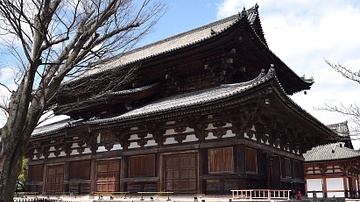
Image
Main Hall (Kondo), To-ji
The Kondo or Main Hall of the To-ji temple complex, Kyoto, Japan. Originally built in the 8th century CE the present structure dates to 1606 CE. National Treasure of Japan.

Image
Kondo, To-ji Temple
The Kondo or Main Hall of the To-ji temple complex, Kyoto, Japan. Originally built in the 8th century CE the present structure dates to 1606 CE. National Treasure of Japan.
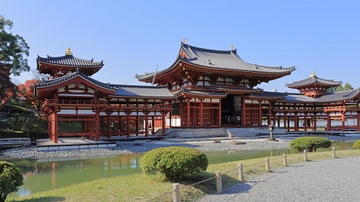
Image
Phoenix Hall, Byodo-in, Uji
The Phoenix Hall of Byodo-in, Uji, founded in 1052 CE by Fujiwara no Yorimichi during the Heian Period. A Buddhist temple site dedicated to Amida. South of Kyoto, Japan.
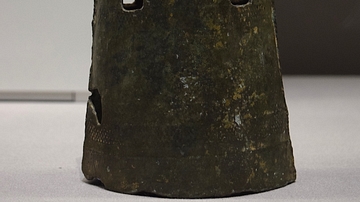
Image
Dotaku Bell, Yayio Period
A bronze dotaku bell, Yayoi Period, 4th-2nd century BCE, Japan. (Tokyo National Museum)
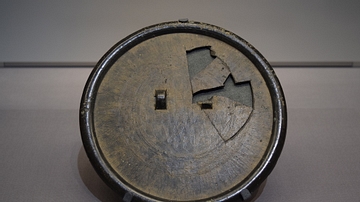
Image
Yayoi Mirror
A Korean Bronze Age fine-line geometric mirror discovered at the Yayoi Period site of Ogata, Kashiwara-shi, Osaka, Japan. This specimen dates from the 4th-1st century BCE. (Tokyo National Museum)
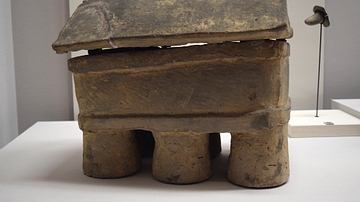
Image
Japanese Earthenware Coffin
An earthenware coffin. Kawanabe, Tsuyama-shi, Okayama, Japan. Asuka Period, 7th century CE. (Tokyo National Museum)
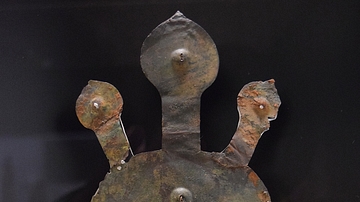
Image
Kofun Period, Gilt Bronze Crown
A gilt bronze crown. Nihon Matsuyama tumulus, Eiheiji-cho, Yoshida-gun, Fukui, Japan. Kofun Period, 5th century CE. (Tokyo National Museum)
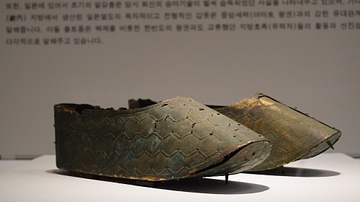
Image
Japanese Gilt Bronze Shoes
Gilt bronze shoes, most likely imports from the Korean Peninsula. Etafunayama Tumulus, Nagomi-machi, Kumamoto, Japan. Kofun Period, 5th-6th century CE. National Treasure. (Tokyo National Museum)
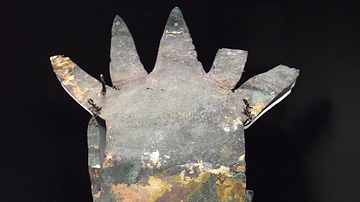
Image
Japanese Gilt Bronze Crown
A gilt bronze crown. Nihon Matsuyama Tumulus, Eiheiji-cho, Yoshida-gun, Fukui, Japan. Kofun Period, 5th century CE. (Tokyo National Museum)
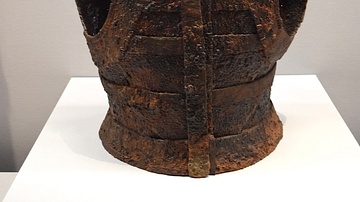
Image
Tanko Cuirass
A Japanese iron plates and leather tanko cuirass. Nagatoronishi Tumulus, Takasaki-shi,
Gunma. Kofun Period, 5th century CE. (Tokyo National Museum)